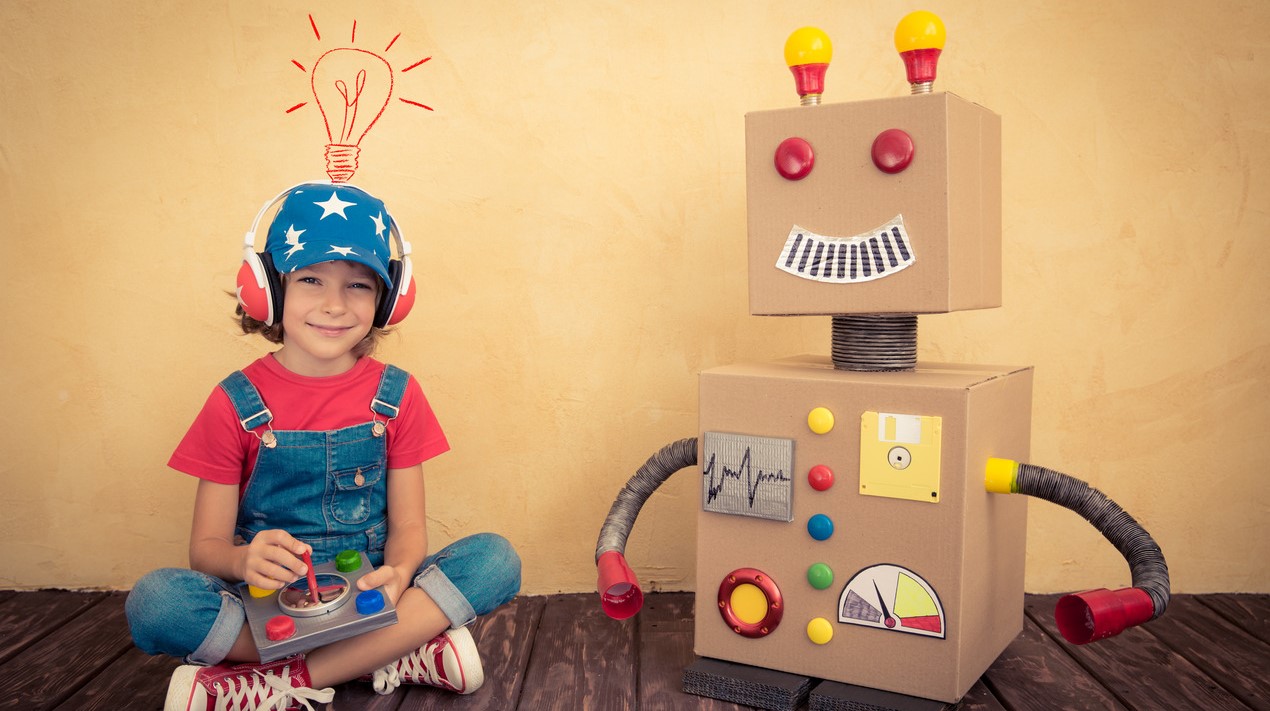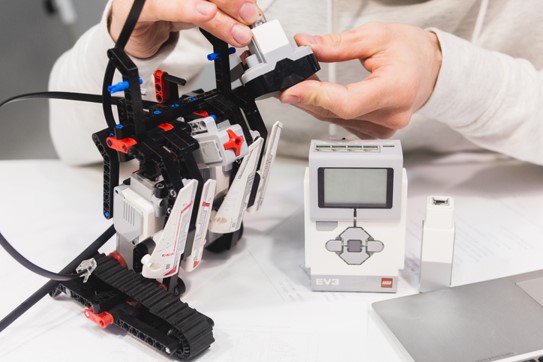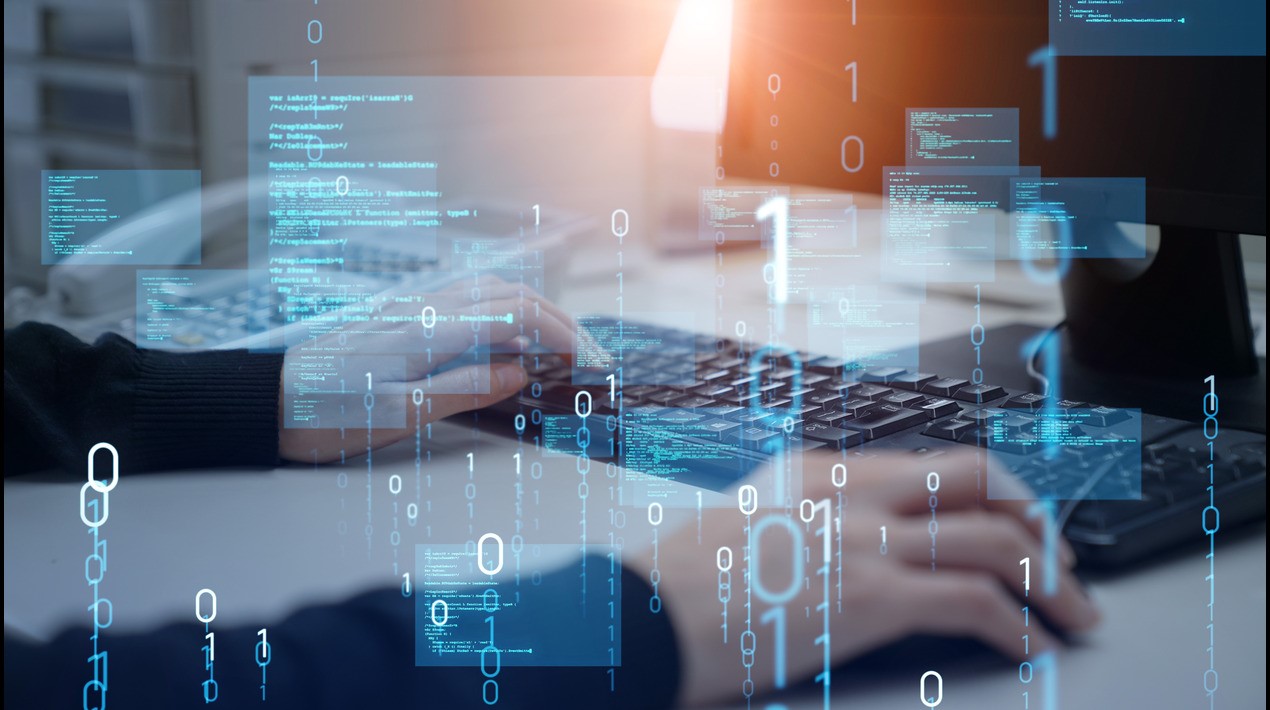
|
Getting your Trinity Audio player ready...
|
A social development initiative grounded in a trademarked therapy, coupled with robotics, exhibit potential in mitigating school absenteeism among autistic teenagers, a demographic currently experiencing three times higher rates of absenteeism compared to their peers.

The therapy, conceptualised by clinical neuropsychologist Dan LeGoff in the early 2000s, employs toy bricks as a medium to facilitate interaction and foster communication and social skills development among autistic children. The therapy entails group activities where participants rotate through three distinct roles to construct models collaboratively.
In an initial trial supported by the Channel 7 Children’s Research Foundation, Flinders University, Griffith University, and Autism SA, experts endeavoured to assess the efficacy of an eight-week programme with this therapy in reducing anxiety levels while enhancing social skills, motivation, and school engagement among autistic teenagers.
Twenty-four autistic teenagers aged between 13 and 16 from South Australia partook in the study, forming groups of three to tackle challenges utilising a trademarked EV3 Robotics kit. Researchers conducted interviews with the teenagers, probing into their experiences with the programme and soliciting feedback from their teachers and parents to gauge its overall impact.
Although the preliminary phase of the programme did not yield quantitative improvements in the participants’ social skills or anxiety levels, it did suggest promising indications that the robotics therapy could serve as a catalyst for enhancing school attendance.
Associate Professor Pammi Raghavendra, a speech pathologist and lead researcher within the Disability & Community Inclusion and the College of Nursing & Health Sciences, stated that parents and educators alike noted that while the Robotics therapy sessions appeared to improve school attendance for certain students, only a more comprehensive and extended trial can conclusively determine if this effect is consistently replicated across the programme.
Raghavendra noted that the programme provided children with opportunities to participate in activities that facilitate the natural development of social and communication skills. Positive feedback from families and educators after the Robotics programme highlighted the emergence of new social connections among peers and the acquisition of improved knowledge and skills.
It is essential to acknowledge the significant variability observed, which may be attributed to the programme’s implementation during the COVID-19 pandemic and its relatively short duration. The pandemic likely heightened anxiety levels among all participants due to uncertainties surrounding school closures and disruptions to daily life. Further research, free from the influence of the COVID-19 pandemic, may yield deeper insights into the programme’s benefits.
The integration of this robotics therapy with robotics represents a novel approach to addressing the multifaceted challenges faced by autistic teenagers. By leveraging hands-on activities and collaborative problem-solving inherent in robotics therapy, participants are afforded an environment conducive to skill acquisition and social interaction.
The interdisciplinary collaboration between academic institutions and autism advocacy organisations underscores a concerted effort to explore innovative interventions for enhancing the well-being of autistic individuals. Through rigorous evaluation and iterative refinement, initiatives such as the robotics therapy programme hold promise in augmenting existing support mechanisms and fostering inclusivity within educational settings.
As research endeavours progress and insights are gleaned from longitudinal studies, stakeholders stand poised to refine and optimise interventions tailored to the unique needs of autistic teenagers. By nurturing a supportive ecosystem grounded in evidence-based practices, the journey towards empowering autistic individuals to thrive in diverse social contexts is propelled forward.
















